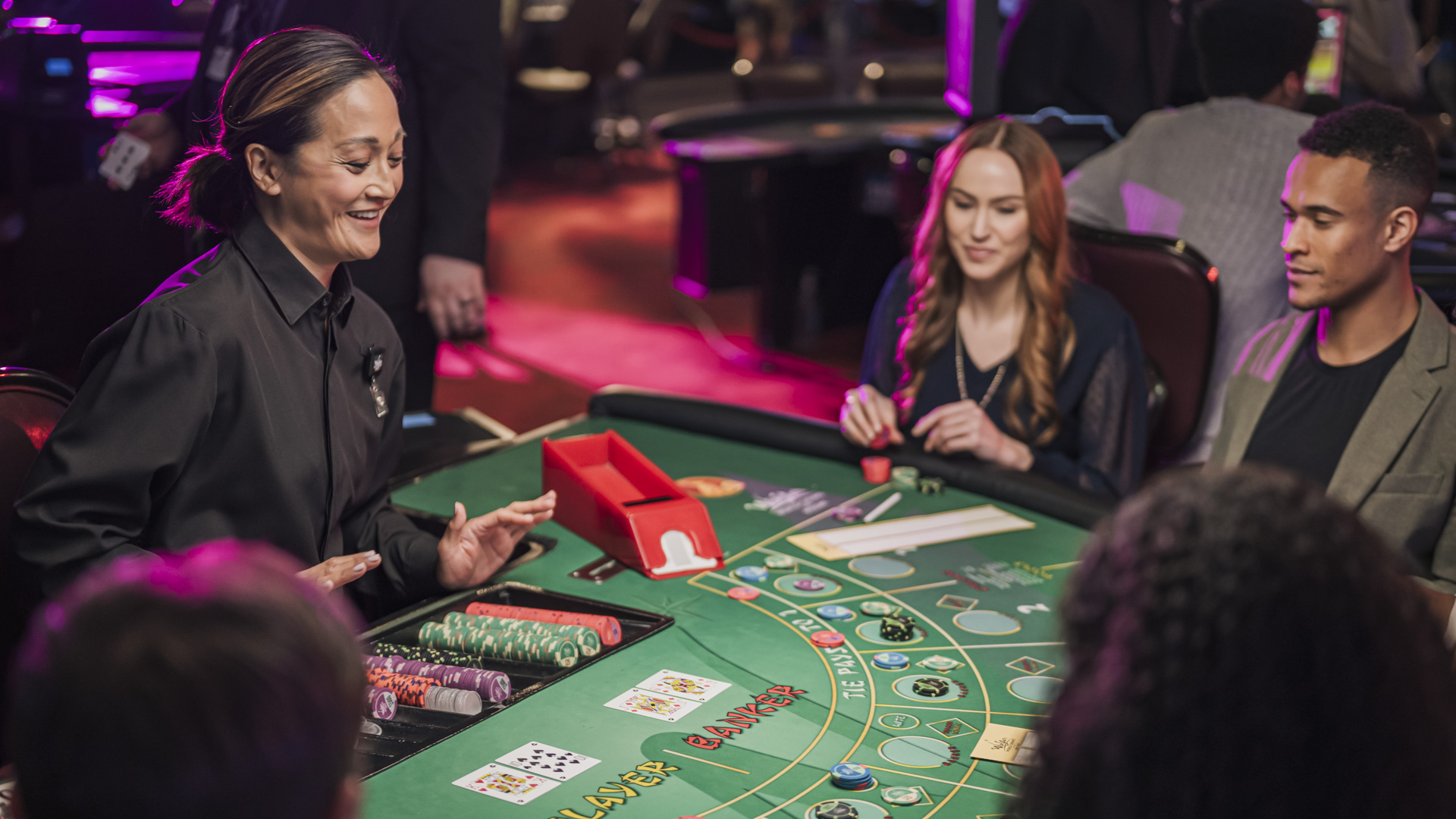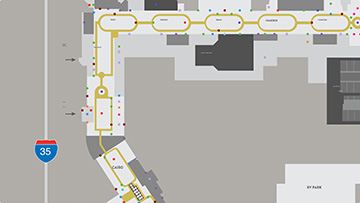Welcome to our Poker FAQs! Here, we’re going to explore everything you need to know about playing poker, from the basic rules to tricky strategies. Whether you’re just starting out or you already play, we’ve got answers to common questions that will help you understand the game better and maybe even win more often. Let’s dive in and explore the world of poker!
Poker Hands
What is the best hand in poker?
The best hand in poker is the Royal Flush. It is made up of the five highest cards in a single suit: Ace, King, Queen, Jack, and 10. For example, if you have the Ace, King, Queen, Jack and 10 of hearts, you have a Royal Flush. This hand is unbeatable and the highest-ranking hand in poker.
What is the worst hand in poker?
The worst hand in poker is a high card hand with no pairs, no consecutive cards and no cards of the same suit. Specifically, the lowest possible high card hand is 7-2, with different suits (like a 7 of hearts and a 2 of clubs). This hand has low value and poor potential for improvement, making it the weakest starting hand in poker.
What is the lowest pocket pair in poker?
The lowest pocket pair in poker is a pair of twos, also known as “deuces.” This means you have two 2s in your starting hand, such as the 2 of hearts and the 2 of spades. While it’s the lowest possible pocket pair, it can still be a strong hand if the community cards are favorable.
What is a flush in poker?
A flush in poker is a hand where all five cards are of the same suit, but they are not in a consecutive sequence. For example, if you have the 2, 5, 8, Jack and King of hearts, you have a flush. The cards can be in any order, as long as they are all the same suit. The higher the cards, the stronger the flush. If two players have a flush, the one with the highest card in the flush wins.
What is a straight in poker?
A straight in poker is a hand where you have five consecutive cards of any suit. For example, a straight could be composed of 5, 6, 7, 8 and 9 of different suits. The ace can be used as a high card (A-K-Q-J-10) or a low card (5-4-3-2-A), but cannot “wrap around” (K-A-2-3-4 is not a straight). If two players have a straight, the one with the highest-ranking card at the top of the sequence wins.
What is a full house in poker?
A full house in poker is a hand that consists of three cards of one rank and two cards of another rank. For example, if you have three Kings and two Queens, you have a full house. Full houses are ranked by the three cards of the same rank first, so three Kings and two Queens would beat three Queens and two Kings. Full houses are strong hands in poker, typically only beaten by four of a kind, a straight flush or a royal flush.
What is a royal flush in poker?
A royal flush in poker is the highest-ranking hand you can have. It consists of the following cards, all in the same suit: Ace, King, Queen, Jack and 10. For example, if you have the Ace, King, Queen, Jack and 10 of spades, you have a royal flush. A royal flush is unbeatable by any other hand and is considered the ultimate hand in poker.
What are the hands in poker?
Royal Flush: Ace, King, Queen, Jack and 10, all of the same suit.
Straight Flush: Five consecutive cards of the same suit.
Four of a Kind: Four cards of the same rank.
Full House: Three cards of one rank and two cards of another rank.
Flush: Five cards of the same suit, not in sequence.
Straight: Five consecutive cards of any suit.
Three of a Kind: Three cards of the same rank.
Two Pair: Two sets of pairs.
One Pair: One set of pairs.
High Card: When none of the above hands are made, the highest card in your hand determines the winner.
Poker Terms and Definitions
What is a position in poker?
In poker, position refers to where a player sits relative to the dealer or the order of play in each betting round. There are typically three main positions:
- Early Position: Players who are seated to the left of the dealer (also known as “under the gun”). They have to act first in each round of betting, which can be a disadvantage because they have less information about other players’ actions.
- Middle Position: Players seated between the early and late positions. They have some information about the early players’ actions but must still act before the later positions.
- Late Position: Players seated to the right of the dealer, including the dealer button itself. They act last in each round of betting, which is advantageous because they have more information about other players’ actions before they have to make their own decisions.
Position in poker is crucial because it influences the amount of information a player has when making decisions. Players in late position have the advantage of seeing how others act before them, allowing them to make more informed choices about whether to bet, raise or fold.
Is wash a poker term?
Yes, “wash” is a poker term. It refers to the action of mixing the cards thoroughly before dealing them, typically done by the dealer or with the help of a shuffling machine. This ensures that the cards are randomized and prevents any suspicion of cheating or unfair play. After the cards are washed, they are usually cut (a portion of the deck is placed on top of the rest) before dealing begins.
What does it mean to call in poker?
In poker, to call means to match the current bet or raise that has been made by another player. When you call, you are agreeing to put in the same amount of chips or money into the pot as the previous player’s bet or raise. Calling allows you to stay in the hand and continue to compete for the pot. It’s a fundamental action in poker, alongside folding (giving up your cards) and raising (increasing the bet).
What does check mean in poker?
In poker, check means to pass the action to the next player without making a bet. When a player checks, it indicates that they do not wish to bet at that moment, but they still remain in the hand and can continue to play if no one else bets. Checking is only possible if there has been no bet or raise in the current round. It allows players to see the next card or to keep their hand concealed without putting more chips into the pot.
What is a rake in poker?
In poker, a rake refers to the commission or fee that a cardroom or casino takes from each pot as a payment for hosting the game. The rake is typically a small percentage of the pot, up to a predetermined maximum amount. It’s how the house makes money from poker games. Rakes can vary depending on the stakes and the casino’s policies, but they are a standard part of most poker games in brick-and-mortar casinos and online poker rooms.
What is a straddle in poker?
In poker, a straddle is an optional blind bet made by the player to the left of the big blind before the cards are dealt. The straddle amount is typically twice the big blind, although it can vary depending on the house rules.
The purpose of a straddle is to generate more action and increase the stakes of the game. When a player straddles, it effectively becomes the new minimum bet for that hand. The player who straddles gets to act last before the flop, giving them a positional advantage in that round of betting.
It’s important to note that a straddle is usually allowed only in cash games and not in tournament play. It’s also optional, meaning not all players may choose to straddle when given the opportunity.
What is slow rolling in poker?
In poker, slow rolling refers to the act of taking an unusually long time to reveal a winning hand at the showdown, especially when the player knows they have the best hand. This deliberate delay is often seen as poor etiquette or bad sportsmanship because it can be perceived as taunting or disrespecting opponents who are eagerly awaiting the outcome.
For example, if a player has a royal flush (the best possible hand) and intentionally delays showing their cards while other players reveal theirs, it can create frustration and annoyance among opponents. Slow rolling is generally considered to be against poker etiquette and is discouraged in most poker games.
What is limping in poker?
In poker, limping refers to the act of entering a pot by simply calling the minimum bet instead of raising. It typically occurs when a player wants to see the flop (the first three community cards) without committing a larger amount of chips. Limping is often seen as a passive or cautious play because it allows other players to see more cards for a lower cost.
Players may choose to limp with weaker hands or speculative hands that they hope will improve on the flop. However, limping can also indicate a lack of confidence in the strength of one’s hand, as opposed to raising, which is a more aggressive move to build the pot and potentially narrow down the field of players.
What is a kicker in poker?
In poker, a kicker refers to the highest card in a player’s hand that doesn’t contribute to the rank of the main hand. It’s used to determine the winner when multiple players have the same hand rank.
Here’s how kickers work:
- Example of Kicker: If two players both have a pair of Aces (Aces with any other card), the player with the highest kicker (the highest card that isn’t an Ace) wins. For instance, if one player has A-A-9-5-3 and the other has A-A-8-7-6, the first player wins because their kicker (the 9) is higher than the second player’s kicker (the 8).
- When Kickers Matter: Kickers are used in situations where players have hands of the same rank (like pairs, two pairs or high cards). They determine who wins the pot when the main hand ranks (like pairs or straights) are tied.
Poker Gameplay
What is the ante in poker?
In poker, an ante is a compulsory bet that every player must place into the pot before any cards are dealt. Unlike blinds, which are specific to certain positions and rotate around the table, antes are paid by every player at the start of each hand.
The purpose of antes is to ensure there is a minimum amount of chips or money in the pot to play for, right from the beginning of the hand. Typically, the amount of the ante is relatively small compared to the blinds, often a fraction of the minimum bet or the size of the small blind.
Antes are common in many poker variations and are particularly prevalent in tournament play, where they help maintain the pace of the game and prevent players from folding too many hands without contributing to the pot. Each player places their ante before any cards are dealt, setting the stage for the initial round of betting and action in the hand.
What is the flop in poker?
The flop refers to the second round of community cards dealt face-up on the table, following the initial round of betting. It consists of three cards dealt simultaneously by the dealer. These cards are shared by all players still in the hand and are used in combination with each player’s hole cards (their individual cards dealt face-down) to form the best possible five-card poker hand.
What is a big blind in poker?
In poker, the big blind is a mandatory bet that is posted by the player sitting two positions to the left of the dealer button before any cards are dealt. The big blind amount is typically double the size of the small blind, which is the minimum bet posted by the player directly to the left of the dealer button.
What is the initial poker payment called?
The initial poker payment is typically called the buy-in. This refers to the amount of money or chips that a player needs to exchange for a seat at the poker table and to participate in the game. The buy-in amount can vary depending on the stakes and the specific rules of the game or tournament.
What is a small blind in poker?
In poker, the small blind is a mandatory bet posted by the player sitting directly to the left of the dealer button before any cards are dealt. The small blind amount is typically half the size of the big blind, which is the minimum bet posted by the player sitting two positions to the left of the dealer button.






















